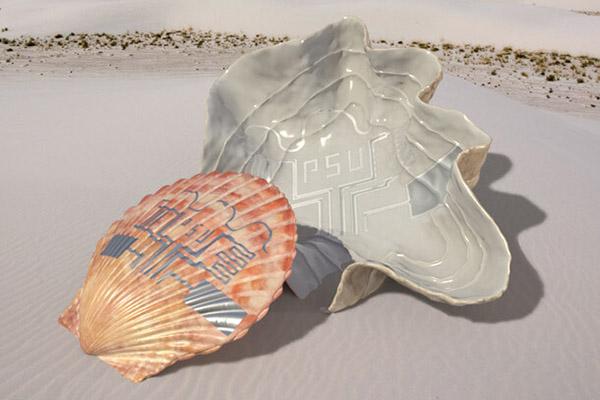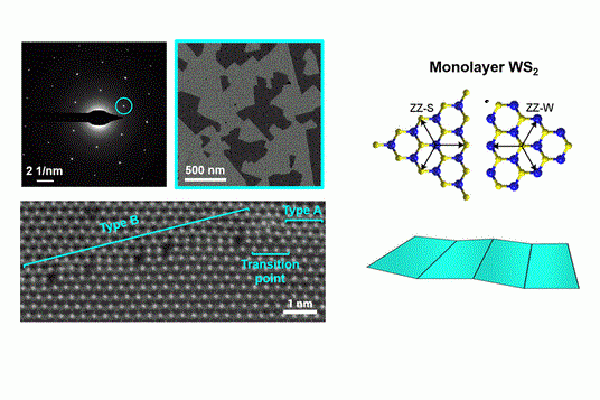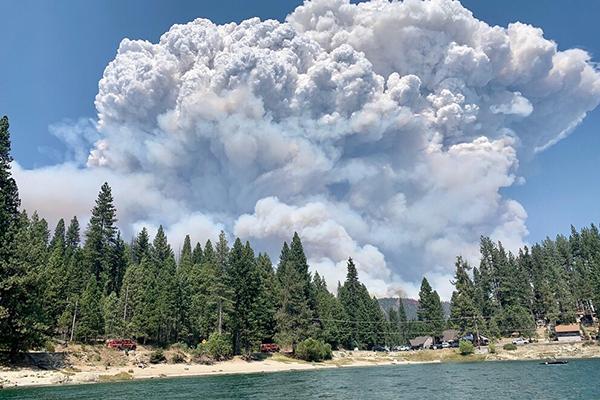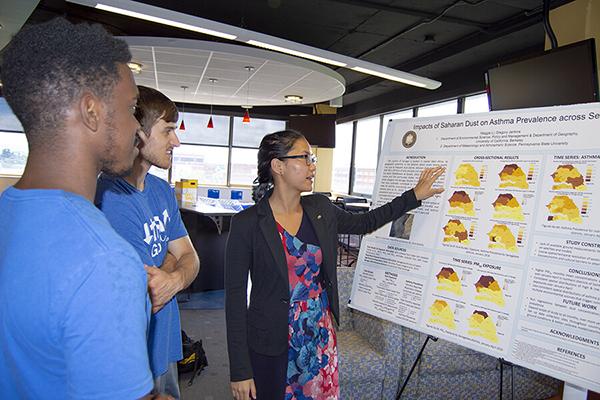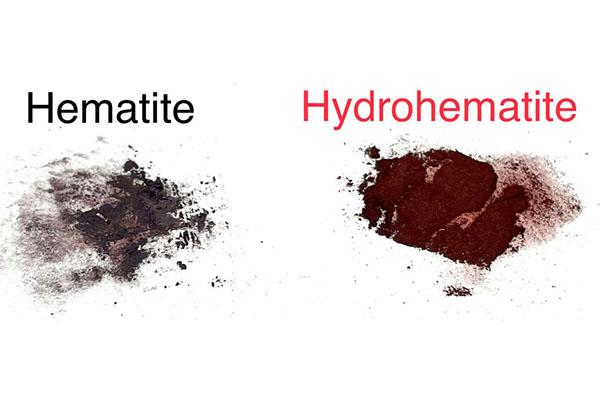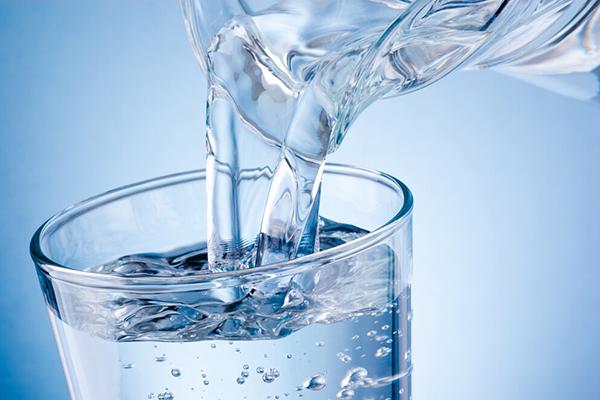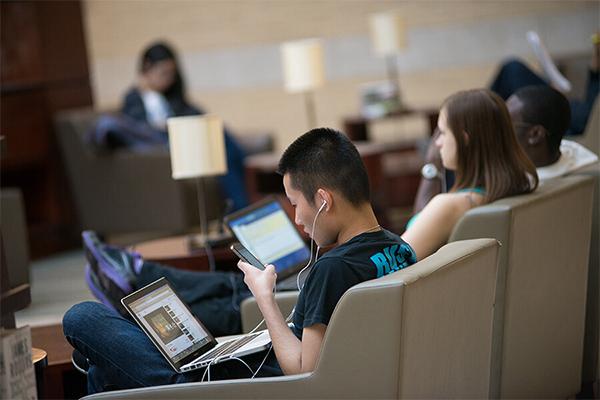Printable electronics could cause a proliferation of smart, connected devices, from household appliances that can communicate with each other to medical diagnostic sensors that can be placed on the body to forgo invasive procedures.
Machine learning techniques may help scientists better understand the intricate chemistry of streams and monitor broader environmental conditions, according to a team of researchers.
Two-dimensional materials are essential for developing new ultra-compact electronic devices, but producing defect-free 2D materials is a challenge.
Fires in semi-arid forests in the western United States tended to burn periodically and at low severity until the policy of fire suppression put an end to these low-intensity events and created the conditions for the destructive fires seen today.
Penn State's Climate Science Research Experiences for Undergraduates (REU) program is hosting their final symposium from 11 a.m. to 1:30 p.m. Thursday, Aug. 5, in the Steidle Building Atrium on the University Park campus.
A novel method of characterizing the structural and chemical evolution of silicon and a thin layer that governs battery stability may help resolve issues that prevent using silicon for high-capacity batteries, according to a group of researchers.
It was around 11 a.m. — about an hour after the morning’s frost had lifted — and Garrett Bastardi, flanked by about 100 other golfers, was still patiently waiting with friends for a 9:30 a.m. tee time at a North Carolina golf course.
A combination of a once-debunked 19th-century identification of a water-carrying iron mineral and the fact that these rocks are extremely common on Earth, suggests the existence of a substantial water reservoir on Mars, according to a team of geoscientists.
In nature, the interaction of molecules at the boundary of different liquids can give rise to new structures. These self-assembling molecules make cell formation possible and are instrumental to the development of all life on Earth.
Jane Sutterlin and Maria Wherley, both instructional designers in the John A. Dutton E-education Institute, will discuss how technology and learning science can improve teaching. The webinar will be broadcast from 10 to 11 a.m. EST on Wednesday, July 28.


